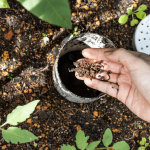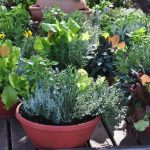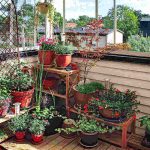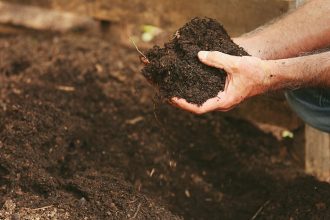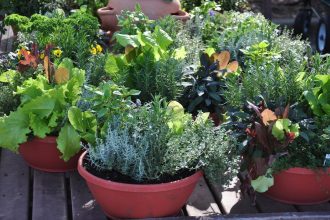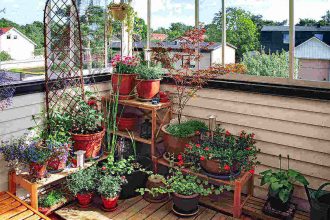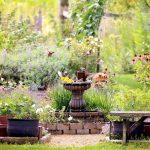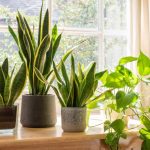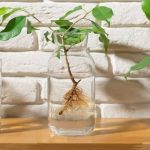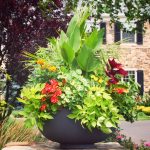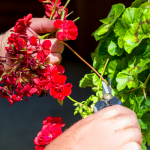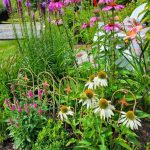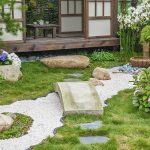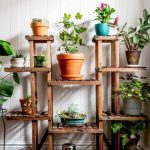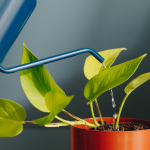Indoor plants hold the power to transform a space, bringing life and beauty into our homes. However, as any plant parent knows, maintaining these green companions can sometimes be more challenging than expected. From wilting leaves to pesky pests, indoor plants can present a myriad of problems that leave us scratching our heads. In this article, we will delve into some of the most common issues that indoor plant enthusiasts encounter and provide practical solutions to help you keep your leafy friends thriving. So, grab your watering can and get ready to troubleshoot those plant woes!

Identifying Common Issues with Indoor Plants
One common issue with indoor plants is overwatering. This can lead to root rot, yellowing leaves, and ultimately plant death. To fix this problem, make sure to let the soil dry out between waterings and ensure proper drainage in the pot.
Another frequent issue is insufficient light. If your plant is not getting enough light, it may become leggy, have pale leaves, or stop growing altogether. To remedy this, consider moving the plant to a brighter location or supplementing with artificial grow lights.
Pests are a common headache for indoor plant owners. Whether it’s mealybugs, spider mites, or fungus gnats, these critters can wreak havoc on your plants. To combat pests, try using insecticidal soap, neem oil, or sticky traps. Additionally, regularly inspect your plants for signs of infestation.
Lastly, nutrient deficiencies can cause issues like stunted growth, yellowing leaves, and poor flowering. Make sure to fertilize your plants regularly with a balanced fertilizer to provide them with the necessary nutrients for healthy growth.
Understanding the Root Causes of Plant Problems
Indoor plants can bring life and vibrancy to any space, but sometimes they can encounter problems that hinder their growth and health. It is crucial to understand the root causes of these plant issues in order to effectively address and resolve them.
One common problem that indoor plants face is overwatering. Too much water can lead to root rot, wilting, and yellowing leaves. To fix this issue, ensure that your plants are not sitting in water and only water them when the top inch of soil is dry. Additionally, consider repotting your plant in well-draining soil to prevent waterlogged roots.
Another frequent issue is inadequate lighting. Plants require varying levels of sunlight depending on their species. If your plant is not receiving enough light, it may become leggy, pale, or stop growing altogether. To remedy this, relocate your plant to a brighter spot or supplement its light with grow lights.
Effective Solutions for Healthy Indoor Plants
One common problem with indoor plants is overwatering. Overwatering can lead to root rot and other issues that can harm your plants. To fix this problem, make sure to check the soil moisture before watering and allow the soil to dry out between waterings.
Another common issue is insufficient light. Indoor plants need adequate light to thrive, so if your plants are looking leggy or not growing well, they may not be getting enough light. To solve this problem, consider moving your plants to a brighter location or investing in grow lights.
Pests can also be a problem for indoor plants. Common pests include spider mites, aphids, and mealybugs. To get rid of pests, you can use natural remedies such as neem oil or insecticidal soap. Additionally, regularly inspecting your plants for pests can help catch infestations early.
| Pest | Remedy |
|---|---|
| Spider Mites | Neem Oil |
| Aphids | Insecticidal Soap |
| Mealybugs | Neem Oil |
Preventive Measures to Maintain Plant Health
In order to keep your indoor plants thriving, it is essential to be proactive in preventing common issues that can arise. By following these preventive measures, you can maintain the health and beauty of your plants for years to come.
Proper watering: One of the most common problems with indoor plants is overwatering. Make sure to water your plants only when the top inch of soil is dry to the touch. Use a moisture meter to ensure accuracy.
Good drainage: Ensure that your plant pots have proper drainage holes to prevent water from pooling at the bottom. If necessary, add a layer of rocks or gravel to improve drainage.
Regular pruning: To keep your plants healthy and encourage new growth, regularly prune dead or yellowing leaves. This will also help to prevent the spread of disease.
Proper lighting: Different plants have different light requirements, so make sure to place your plants in the appropriate location based on their needs. Use a grow light if necessary to supplement natural light.
| Plant | Light Requirement |
|---|---|
| Succulents | Direct sunlight |
| Spider Plant | Indirect light |
In conclusion, caring for indoor plants can be a rewarding experience, but it does come with its fair share of challenges. By understanding the common problems that can arise and learning how to fix them, you can ensure your leafy friends thrive and flourish in your home. Remember to stay attentive to your plants’ needs, and don’t be afraid to experiment with different methods until you find what works best for them. With a little bit of patience and care, your indoor garden will be blooming in no time. Happy planting!


